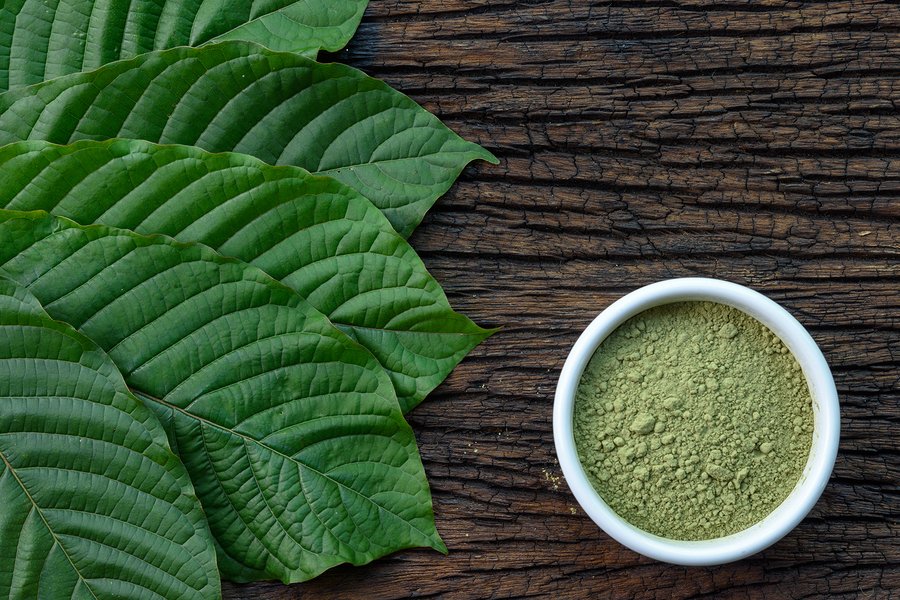Kratom extracts, derived from the leaves of the Mitragyna speciosa tree native to Southeast Asia, have emerged as a potent tool for seekers of holistic healing and balance. This botanical substance, with its rich cultural heritage and centuries-old traditional use, is increasingly garnering attention in modern wellness circles. At the heart of its allure lies an array of alkaloids, particularly mitragynine and 7-hydroxymitragynine, which interact with the body’s opioid receptors, albeit in a distinct manner from conventional opioids? This unique pharmacological profile offers a spectrum of potential benefits, ranging from pain relief and mood enhancement to increased energy and focus. For many, kratom serves as a gateway to a more holistic approach to health and well-being, steering away from the reliance on synthetic pharmaceuticals with their often accompanying side effects. Its proponents extol its ability to address both physical and emotional discomfort without the risk of chemical dependency or the numbing effects associated with opioid medications. Moreover, kratom’s versatility allows for tailored experiences, with different strains and dosages catering to diverse needs, whether it be soothing chronic pain, alleviating anxiety, or fostering a sense of clarity and mindfulness.

Beyond its immediate effects, kratom holds promise as a catalyst for lifestyle shifts towards greater mindfulness and self-care. By prompting individuals to tune into their bodies and emotions, it encourages a more conscious approach to health management, one that emphasizes prevention and holistic balance over reactive symptom suppression. This shift aligns with broader trends towards integrative and complementary medicine, where traditional practices intersect with contemporary scientific understanding to offer comprehensive wellness solutions. However, amidst the enthusiasm surrounding kratom’s potential benefits, concerns and controversies loom large. Regulatory bodies grapple with questions of legality and safety, while misinformation and sensationalism cloud public perception. Reports of adverse reactions and even fatalities associated with kratom use underscore the need for responsible consumption practices and informed decision-making. Moreover, the lack of standardized production and quality control in the kratom industry raises issues of consistency and purity, heightening the importance of sourcing from reputable suppliers.
Navigating these complexities requires a balanced perspective that acknowledges both the therapeutic potential and potential risks of kratom. Education emerges as a critical tool in empowering individuals to make informed choices regarding its use, equipping them with knowledge about dosage guidelines, potential interactions, and signs of misuse or high quality red borneo kratom dependence. Additionally, fostering open dialogue between stakeholders consumers, healthcare professionals, researchers, and policymakers can facilitate a more nuanced understanding of kratom’s role within the broader landscape of wellness and healthcare. Ultimately, kratom extracts embody a multifaceted phenomenon one that intertwines ancient wisdom with contemporary discourse, individual experience with collective inquiry. As society continues to grapple with the complexities of health and healing in an increasingly interconnected world, kratom stands as a potent symbol of the ongoing quest for balance and harmony, inviting exploration, dialogue, and a deeper understanding of the human experience. Whether viewed as a gateway, a remedy, or a catalyst for change, its presence reverberates through the fabric of modern wellness, offering both challenges and opportunities on the journey towards holistic flourishing.


